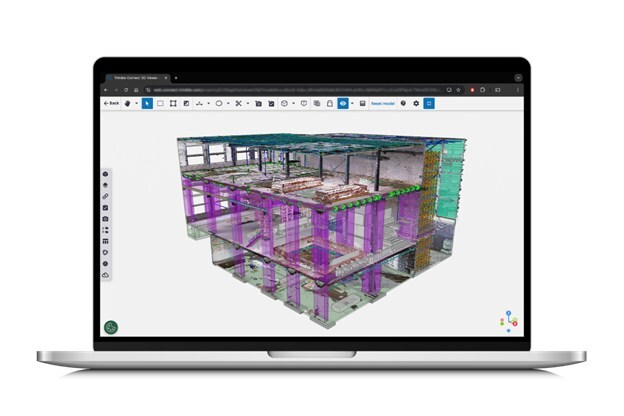
Trimble (NASDAQ: TRMB) has announced its new Trimble Reality Capture platform service, designed to enhance collaboration and the secure sharing of large reality capture datasets obtained from 3D laser scanning, mobile mapping and uncrewed aerial vehicle (UAV) systems. The service is an extension of Trimble Connect, a cloud-based common data environment that has supported over 30 million users.
The Trimble Reality Capture platform service aims to facilitate deeper collaboration among professionals in building construction, surveying, transportation infrastructure, utilities, energy and mining, among others. It provides a secure web-based solution for point clouds and 360-degree imagery, allowing users to collaborate on complex projects while maintaining data integrity.
Christopher Pynn, digital leader at Laing O’Rourke for Eastern Freeway – Burke to Tram Alliance, said, “The new Trimble Reality Capture platform service enables our workforce to more easily access data and collaborate between the jobsite and office, creating additional efficiencies across our operations. Having a single place for designers, engineers and other stakeholders to review and inspect project data is a real leap forward.”
The service democratizes access to reality capture data, including large datasets from mobile mapping and terrestrial laser scanners like the Trimble MX series and Trimble X9.
To manage large datasets, Trimble has integrated Microsoft Azure Data Lake Storage and Azure Synapse Analytics, which reduces the time required for data ingestion, storage and processing. Boris Skopljak, vice president, geospatial at Westminster-based Trimble, said, “This new service applies cloud technology in a new way for large data packages, allowing users to significantly scale performance and maximize data value.”
Wangui McKelvey, general manager, Azure data analytics at Microsoft, noted, “Utilizing the power and multilayered, built-in security controls of Microsoft Azure in combination with Trimble’s reality capture capabilities transforms scanning workflows to reduce point cloud analysis time from hours to minutes.” She emphasized that this capability leads to better, safer and more efficient outcomes on the jobsite and in the office.